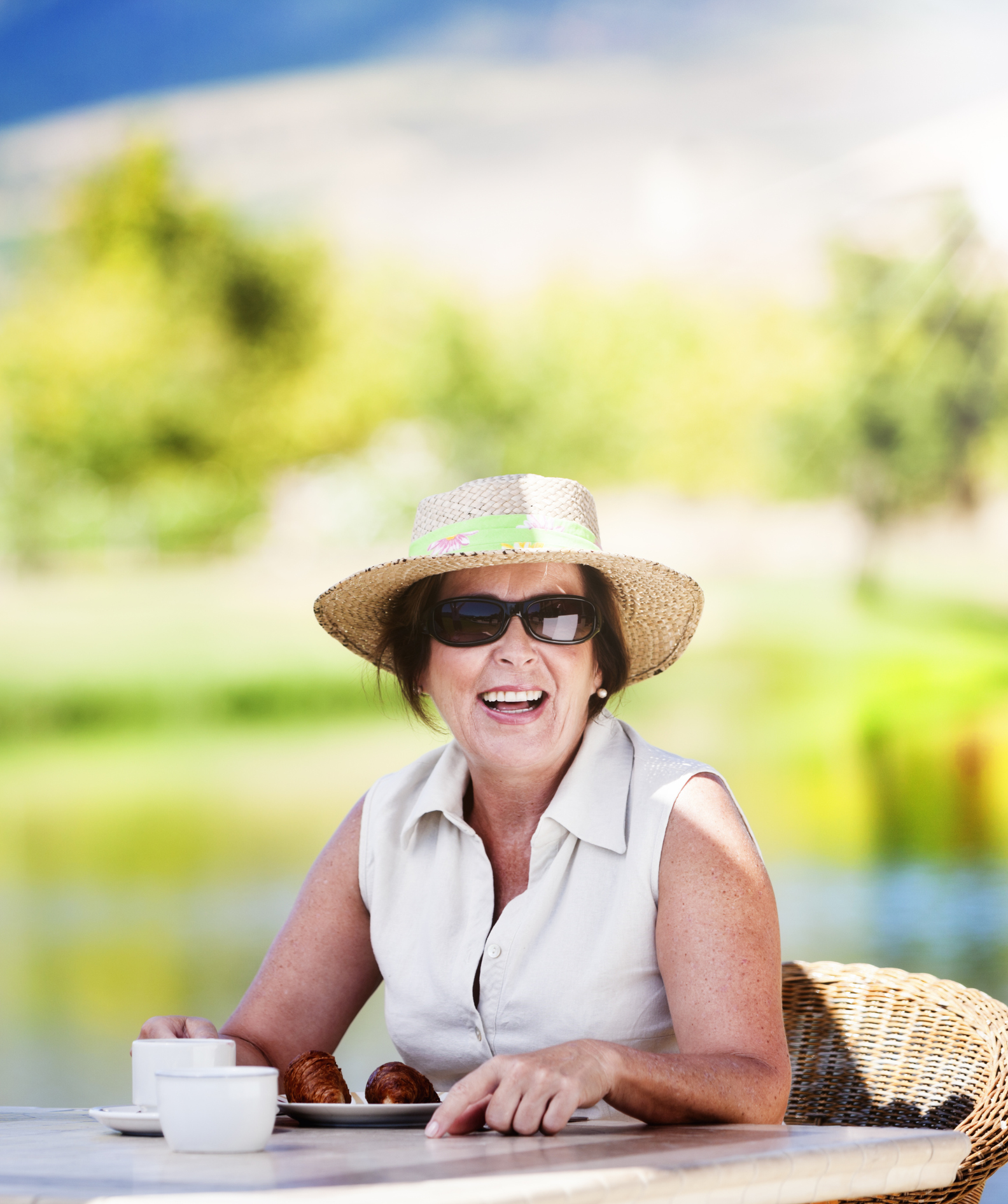
May is Skin Cancer Awareness Month, a good reminder about precautions we should take not just in the summer months but all year long. The Skin Cancer Foundation is sharing this information to help you determine your risk of getting skin cancer.
What’s your skin type?
The first major factor affecting your risk for skin cancer is your skin type. According to the scientific classification known as Fitzpatrick skin typing, there are six types of skin ranging from very fair (type 1) to very dark (type 6). The system classifies skin based on how much melanin (skin pigment) a person has, and their skin’s reaction to sun exposure. People with skin types 1 and 2 face the highest risk of getting skin cancer, while those with skin types 5 and 6 are at the lowest risk. You can visit www.SkinCancer.org/quiz to find out your skin type.
Other physical features tied to a lack of melanin can contribute to your risk of skin cancer as well. People with red hair, light eyes and freckles are also at higher risk for the disease.
Sunburns and tanning beds
Unprotected exposure to UV rays, whether outside or in a tanning bed, is a key risk factor for skin cancer as well. Sunburns are especially harmful (just five sunburns can double your risk of developing melanoma), but even if you tan rather than burn, you’re sustaining sun damage that can lead to DNA mutations. Indoor tanning specifically causes your risk to skyrocket – one study found that those who first use a tanning bed before age 35 increase their risk for melanoma by 75%.
Genetics and family history
If you have close relatives who have been diagnosed with skin cancer, this is a sign you’re also at higher risk. This is especially true when it comes to melanoma: One in every 10 patients has a family member who has also had the disease. Having many moles is another risk factor for melanoma, especially if they are large (bigger than a pencil eraser) or atypical. Having lots of moles and a family history of skin cancer makes a person’s risk even higher.
How to protect your skin
No matter your risk factors, The Skin Cancer Foundation recommends a complete sun protection routine including covering up with clothing, hats and UV-blocking sunglasses, seeking shade and avoiding peak sunlight hours (10 a.m. to 4 p.m.).
Apply a broad-spectrum (UVA/UVB) sunscreen with an SPF of 15 or higher every day. For extended outdoor activity, use a water-resistant, broad-spectrum sunscreen with an SPF of 30 or higher. Be sure to reapply sunscreen throughout the day – at least every two hours, or more often if you are swimming or excessively sweating. Those with many risk factors may want to use sunscreen products with a higher SPF and be extra vigilant about avoiding incidental sun exposure.
The Foundation also recommends you see a doctor at least once yearly for a professional skin exam (though if you’re at higher risk, you may be instructed to go more often). You should also check your own skin, head to toe, every month.
Source: The Skin Cancer Foundation


